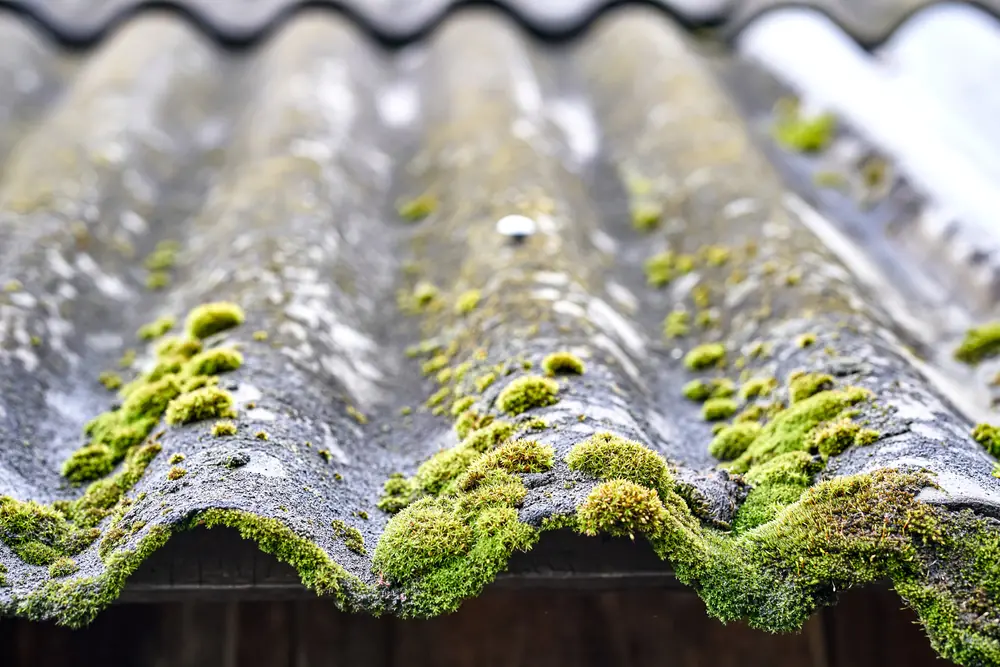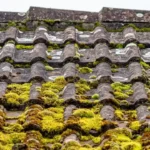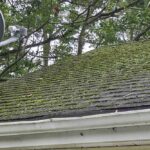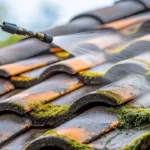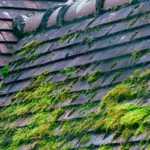When it comes to maintaining the longevity and appearance of your roof, tackling the issue of moss growth is crucial. Many homeowners are turning to roof moss prevention with zinc strips as an effective solution. In this guide, we’ll explore how zinc strips can help keep your roof moss-free and why they are a preferred choice for many.

Understanding Roof Moss and Its Impact
Moss might seem harmless, but it can cause significant damage to your roof over time. It retains moisture, which can lead to rot and decay, especially in wooden shingles. Furthermore, moss can lift shingles, allowing water to seep underneath, potentially causing leaks. Therefore, understanding the impact of moss is essential for effective roof maintenance.
How Zinc Strips Work
Zinc strips are a simple yet effective tool in the fight against roof moss. When it rains, zinc particles are released from the strips and flow down the roof, creating an environment that is hostile to moss. This natural prevention method is both environmentally friendly and long-lasting, making it an ideal choice for homeowners.
Installation Process
Installing zinc strips is a straightforward process, but it requires precision. The strips should be placed near the ridge of the roof. As rainwater washes over them, it carries zinc particles down the roof, preventing moss from taking hold. For detailed guidance on installation, you can refer to this external guide.
Maintenance of Zinc Strips
While zinc strips are low-maintenance, regular inspections are recommended. Ensure that the strips are not obstructed by debris and that they remain securely attached to the roof. Regular maintenance can extend their lifespan and enhance their effectiveness.
Benefits of Using Zinc Strips
There are several benefits to using zinc strips for roof moss prevention:
- Cost-Effective: Zinc strips are a budget-friendly option compared to frequent professional cleaning.
- Long-Lasting Protection: Properly installed zinc strips can provide protection for over a decade.
- Environmentally Friendly: Zinc is a natural element and its use is less harmful than chemical treatments.
Comparing Alternatives
While there are other methods for roof moss prevention, such as chemical sprays and frequent manual cleaning, zinc strips offer a balance of efficacy and convenience. For those interested in alternative methods, this comparison article provides insights into different approaches.
Considerations Before Installing Zinc Strips
Before deciding to install zinc strips, consider the following:
- Roof Material: Zinc strips are most effective on roofs with asphalt or wood shingles.
- Climate: Zinc strips work best in regions with moderate to heavy rainfall.
- Professional Help: While DIY installation is possible, professional installation ensures optimal placement and effectiveness.
Potential Drawbacks
Despite their benefits, zinc strips might not be suitable for every situation. For instance, they might not be as effective in extremely dry climates where rain is infrequent. Additionally, improper installation can reduce their effectiveness.
Environmental Impact
Using zinc strips is considered more environmentally friendly compared to chemical treatments. Zinc, being a natural element, poses less risk to surrounding vegetation and wildlife. However, it’s essential to ensure that runoff water containing zinc does not accumulate in concentrated amounts in gardens or water systems.
Conclusion
In conclusion, roof moss prevention with zinc strips is a practical and efficient method for homeowners looking to protect their roofs. By understanding how zinc strips work and considering the factors involved in their installation and maintenance, you can make an informed decision to keep your roof moss-free.

FAQs
1. How long do zinc strips last?
Zinc strips can last up to 20 years, depending on the climate and maintenance.
2. Are zinc strips visible on the roof?
When installed correctly, zinc strips are not highly visible and blend in with most roof designs.
3. Can I install zinc strips myself?
Yes, with proper guidance, DIY installation is possible, but professional installation is recommended for optimal results.
This article contains affiliate links. We may earn a commission at no extra cost to you.



